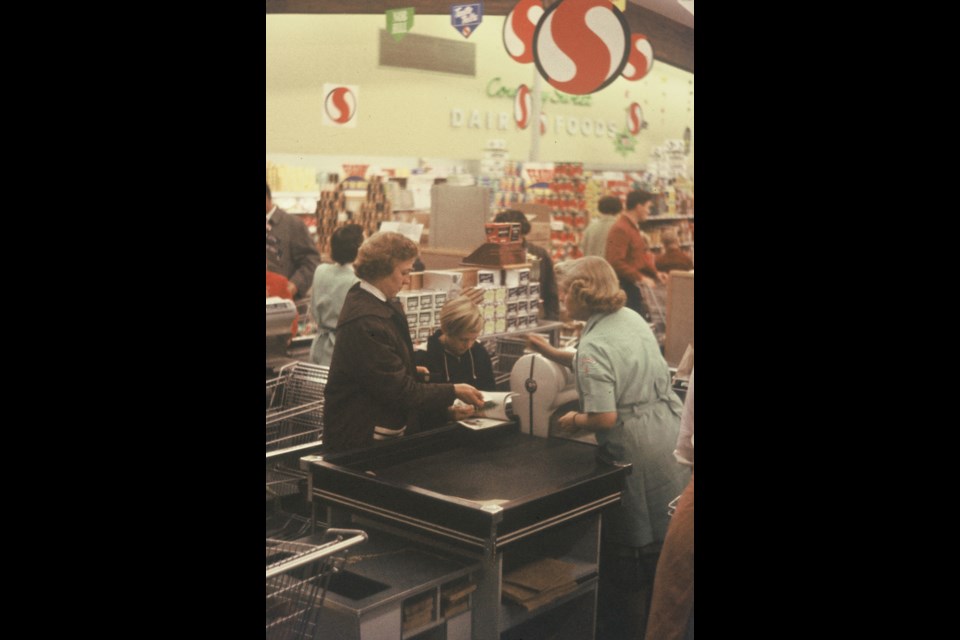During high school, my weekend and summer jobs had been at Safeway, and even though none of the stores in which I worked still stand, the news that two Safeways in Richmond were slated for closure tugged at a bell, awakening old memories.
Before I turn to my memories, a word or two about Safeway’s history. The grocery store chain was launched in the US in the early 20th century, branching out to Canada in 1929. Its name had been chosen specifically as “an admonition and invitation” to “drive the Safeway, buy the Safeway.” The message behind this slogan is the following - whereas grocers had traditionally offered its customers credit, Safeway would accept only cash, to prevent people running up debts, which was especially important during the Great Depression. The strategy worked, and Safeway thrived.
Is it too late to revive such a strategy and apply it more widely? It’s easier to keep tabs on your expenditures if you pay for your purchases with cash, and you avoid hackers obtaining your private information. Stories about data breaches circulate daily in the media. It’s naive to think tighter security measures can stop hackers – if anything, it presents them with a welcome challenge.
Safeway’s strategies and attitudes are no longer those of the early decades of the 20th century. In 2013, Sobeys acquired Canada Safeway and proceeded to shutter underperforming stores. Profit, attended by its handmaidens Greed and Speed, now decides everything. Customers – their loyalties, habits, and convenience – seem to matter little.
The first Safeway in which I worked was at the corner of No. 3 Road and Westminster Highway, the site presently occupied by London Plaza. Built in the late 1950s, it was the grandest supermarket my mother had ever shopped in. My father took a picture of us at a check-out in 1959, to show relatives back in Germany, where small, family-run stores were the rule. With the quantity of items on the shelves, it’s remarkable that cashiers were able to remember prices without the aid of scanners or individual stickers. They also knew how to give change without a cash register calculating the amount for them.
By the mid-1960s I was one of the many part-time employees in that same Safeway, assigned to the delicatessen department. A formidable, hard-working woman was in charge of the deli, and under her watchful eye we part-timers behaved. But whenever she was absent, we relaxed. The deli had a rotisserie for roasting chickens, and when taking them off the spit we’d accidentally let the first chicken slip on to the counter, where it broke apart. Since we couldn’t sell it in such a state, it provided us with tasty snacks.
Eventually I was transferred to the coffee shop. Making clubhouse sandwiches was challenging, but even more challenging was getting them to the customer without the whole thing falling apart, or worse, sliding off the plate on to the floor (which did happen to me once).
Safeway, like other stores at that time, was closed Sundays, so on Saturday evening whatever was left in the bakery would be put on sale. How my parents relished the Danish pastries I’d pick up for a few cents apiece.
The Safeway at 70th and Granville, recently rebuilt on a huge scale, saw the end of my sales career. I worked in the deli department again, and on a particularly busy Saturday morning, I was slicing salami when the index finger of my right hand slid. I can’t remember how the customer reacted, all I recall is that I was whisked to a doctor, whose office happened to be right next door. There, the tip of my finger was sewed back on.
I can happily report that although all my ties to Safeway were severed at that point, the tip of my right index finger and I, after more than 50 years, are still together.
Sabine Eiche is a writer and art historian (www.sabinedellarovere.com)



